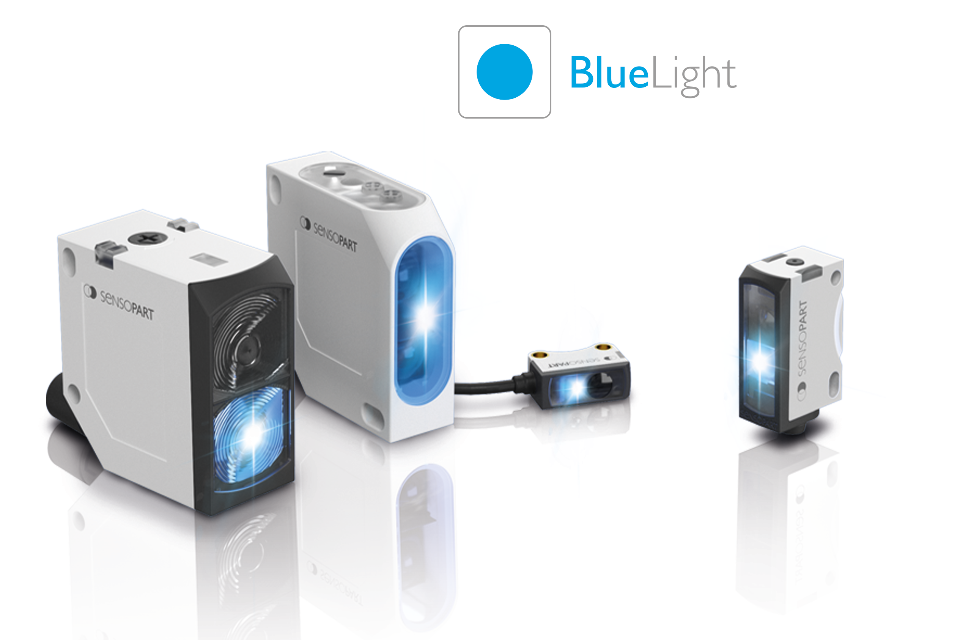How to Detect Dark Objects
An overview of dark object detection
Automated manufacturing has evolved greatly in recent decades with more and more companies relying on BlueLight sensors to detect objects and assist in transporting, sorting, gripping and assembling them.
But why BlueLight? The secret lies in different wavelengths. Unlike red light, the light from blue emitting LEDs has a much shorter wavelength which means it doesn't penetrate the surface of objects as deeply. This means that the sensor’s beam is therefore more able to reflect back, easily detecting dark, muted, shiny and reflective objects, even at strong angles of incidence. And with today’s increasing prevalence of these critical components, especially in the automotive industry, BlueLight sensors dramatically improve detection and process stability on the assembly line.
How does object detection work?
Object detection with a reflection-type optical sensor is based on the detection and analysis of light signals reflected and emitted by an object.
The process can be divided into the following three steps:
STEP 1
Light projection
The sensor emits light that strikes the object.
STEP 2
Reflection
Light is reflected from the target object and returns to the sensor where it can be detected and interpreted by the sensor's receiver.
STEP 3
Localisation
The change in the amount of light is detected by
the sensor and the position of the light spot on
the receiving element thus determines the
position of the object.
BlueLight isn't only reliable for dark object detection.
Learn more about object detection with BlueLight technology
Object detection process
In principle, sensors are very simple. A beam of light is emitted, and when an object gets in the way of the beam, the light is reflected back and the object is therefore detected. Of course, the system depends entirely on how much light is reflected, when and where. The examples below illustrate the breadth and parameters of the detection process.
Objects at an angle
When a beam of light strikes an object at a shallow angle of incidence, or a surface that curves away, very little light will bounce back making the object harder to detect. It is here that blue light offers greater reflective ability thus increasing the amount of light that returns to the sensor.


Panel part detection
Dark and muted colours are increasingly prevalent in the automotive industry. Especially inside vehicles. These deep black and shiny surfaces can cause problems for conventional red-light sensors. But sensors with blue-emitting LEDs can significantly improve object detection.
Dark objects
By their very nature, dark objects appear dark because they do not reflect much light. So receiving reflected light from them is already difficult. This is where blue light’s shorter wavelength resists absorption to enable more reliable detection.

SUMMARY
With the ever growing manufacture of dark and deep black objects, the need to improve process stability is increasingly important. Where red light detectors can fail to perceive components made of carbon fibres or with matt black surfaces, a BlueLight sensor can be an economical and effective alternative compared to a retro-reflective sensor or a fibre optic system.




